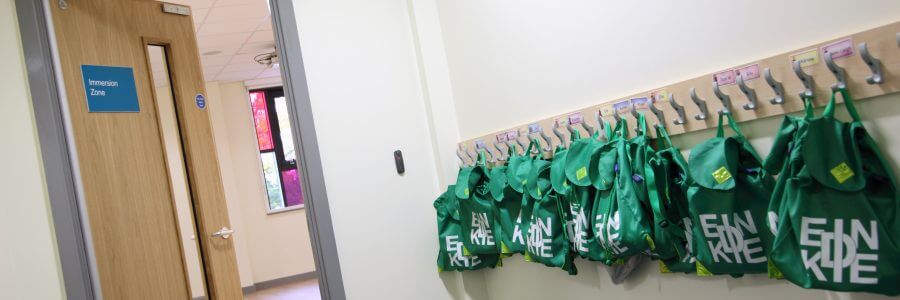The importance of installing the correct school doors
There are a number of factors that, while common to many environments, are particularly important to consider in schools and colleges. Chief amongst these are:
- safety
- fire resistance
- soundproofing
Let’s now look at each in turn
Safety
Every year, according to the Royal Society for the Prevention of Accidents (ROSPA,) around 30,000 children trap their fingers in doors which may be at home, in school, at a nursery or in shops. In more than 1,500 of these accidents their fingers will be crushed, and the children will need surgery – sometimes ongoing reconstructive surgery, while some injuries fortunately can be as mild as soreness and bruising, and can therefore be treated with ice and cuddles.
And that’s just children! There is inadequate data for other sections of the population, but even conservative estimates suggest an additional 10,000 similar accidents as a minimum. And the general consensus is that only about one in ten such accidents get reported.
So it’s a huge problem, in terms of the pain and suffering caused and also the cost to the NHS.
A closing door can exert up to 40 tons per square inch of pressure along the gap between its hinges.
Hand injuries, although unlikely to be life-threatening, can be life-altering. An injured hand can make everyday tasks difficult and tiresome, if not impossible.
Thankfully there is a solution, called Safehinge – a brilliantly clever design that eliminates any chance of fingers being trapped by using a specialist pivot set that removes the gap at the hinge when opening and closing the door. Here’s an image so you can see how it works.
There are other advantages of Safehinge too:
- Ease of installation. Since both of the pivots are adjustable using easy access mechanisms, there is significant flexibility in the design, and as a consequence the doors can still be quickly and easily installed even when there are building imperfections and/or discrepancies (as there so often are!) between the architectural designs and reality
- No need to replace. With so many things to worry about, what you don’t want to worry about is replacing doors that are doing the job that they were designed to do. In the nicest possible way, you want to forget about them safe in the knowledge that they will continue to perform outstandingly for years to come. And that’s exactly what you can do with Safehinge They have been classified as ‘Severe Duty’ under British Standards, meaning that they are suitable for environments where they will undergo “frequent violent usage”. And what better example of such an environment is there than a school? The doors have also undergone cyclic testing to over 1.5 million cycles without any sign of failure. This reliability is down to the quality of materials that they are made from – 316 Stainless Steel and anodised aluminium – and the excellence of their design
- Huge lifetime cost savings. Traditionally, retro-fitted hinge covers were used to provide something approaching the protection that Safehinge now offers; these are renowned for having durability issues, breaking on average every 6 – 24 months. Being expensive to replace, the lifetime cost is substantial.
Fire resistance
We’ve covered these in detail many times. Schools, colleges and universities all need fire resistant doors, so we end up with finger safe fire doors. These can come in different specifications, as we’ve seen previously, with ratings from 30 to 240 minutes.
You can examine some of the options for fire doors.
Soundproofing
Educational establishments – especially schools for younger children – can be very noisy places! Quite apart from the general desire to keep classrooms as quiet as possible to keep concentration levels high, there are music rooms, chemistry labs (perhaps with the odd explosion!), and screams and shouts from playgrounds to contend with!
This is where acoustic doors, sometimes called soundproof doors, come into their own.
Again, there are various options, many of which we’ve covered before. Note that there are some circumstances where a door with a lower overall rating will block a particular frequency better than a higher rated door, so you will need to talk to experts who specialise in acoustic doors and who can give you excellent advice and guidance.
Be aware that special regulations apply to Special Needs schools, such as the Part M regulations which require a white fire strip on the leading edge of all doors (even if they’re not fire rated) to help the visually impaired.
So there’s lots to think about when it comes to school doors – acoustic doors and soundproofing, Safehinge, fire resistance etc.
Our team of experts is always on hand to guide you through all the regulations and give you sound and pragmatic advice based on years of experience and successful installations.
If you would like further information on our company please visit our contact page and we will be delighted to help you.









